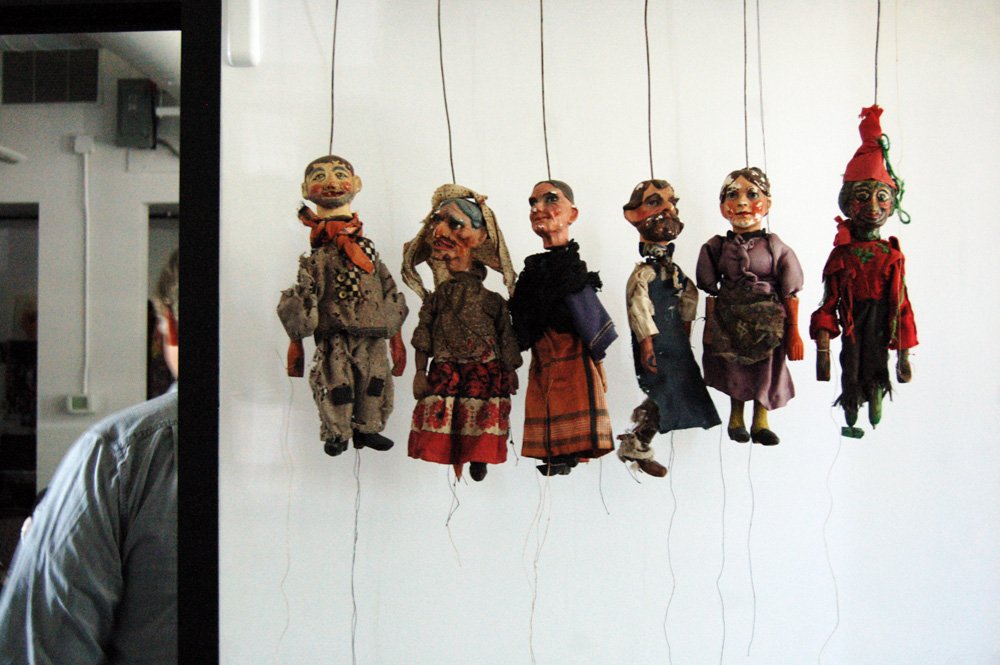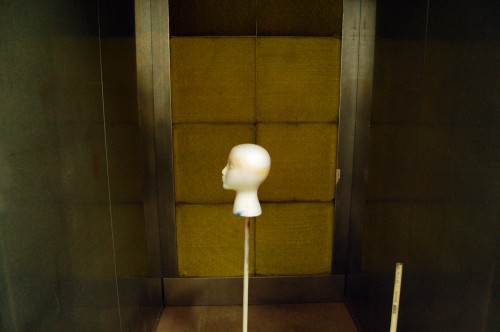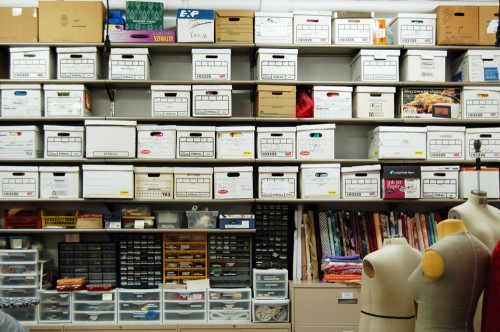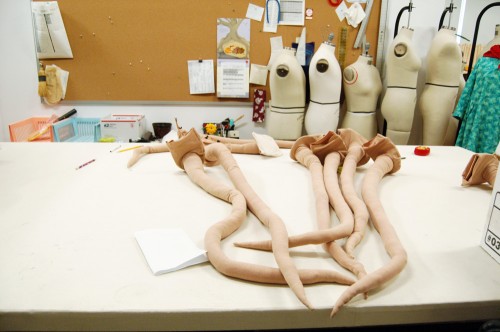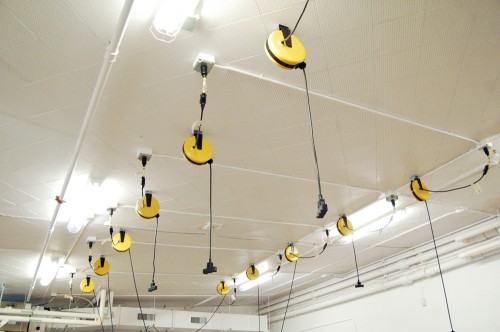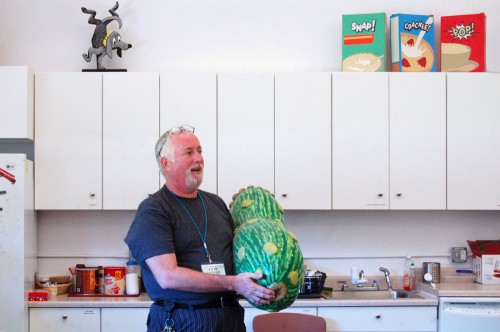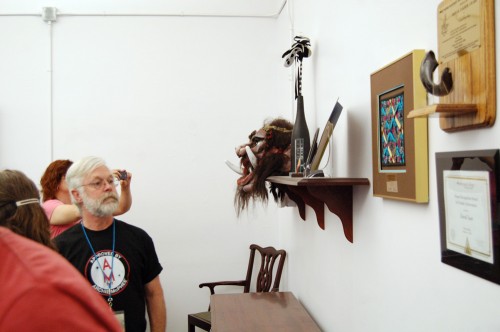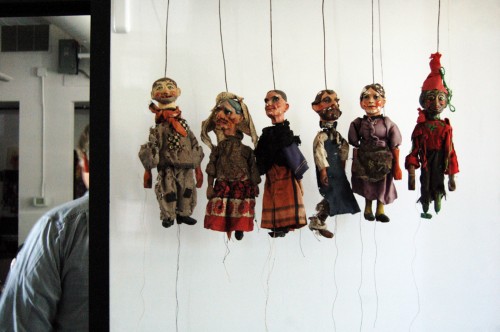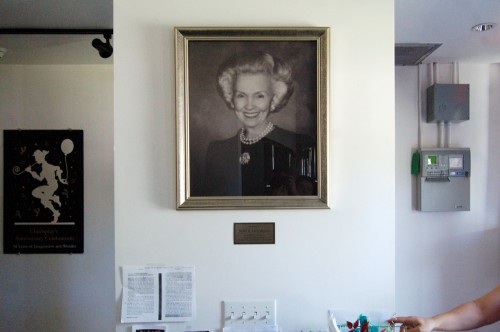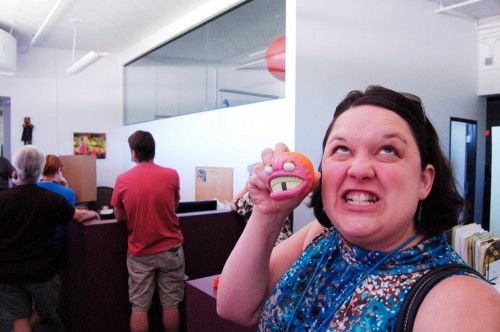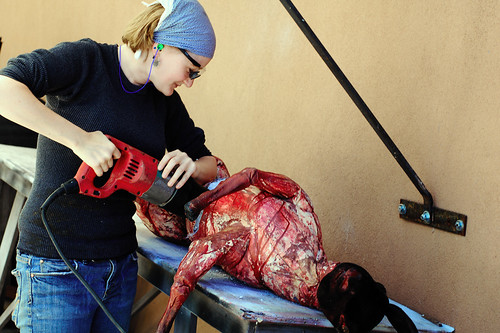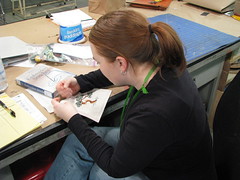Careers in Technical Theater , by Mike Lawler, occupies a somewhat unique position in a bookshelf filled with theatre books. Rather than describe how to do the various jobs one can have backstage, it describes what those jobs are. Perhaps more importantly, it illustrates how one pursues those jobs and what one can expect with those jobs, both in terms of duty and in terms of lifestyle and compensation.
, by Mike Lawler, occupies a somewhat unique position in a bookshelf filled with theatre books. Rather than describe how to do the various jobs one can have backstage, it describes what those jobs are. Perhaps more importantly, it illustrates how one pursues those jobs and what one can expect with those jobs, both in terms of duty and in terms of lifestyle and compensation.
Before I focus on the chapter in props, I’d like to point out the value of the rest of the book. It is very helpful to know what all the other people in the theatre are doing, as you’ll likely deal with most of them at least once in your career. If you don’t know the difference between a stage manager and a production manager, you’ll likely waste your time asking questions of the wrong person. Likewise, for those just starting out in their careers, it can be useful to be introduced to the range of jobs that are possible backstage. Perhaps you’re more suited to be a scenic artist than a props person, but if your school didn’t have a good scenic arts program, you may have been unaware that they are a regular position in many theaters.
The chapter on props spends the bulk of its time in an interview with Jim Guy, props director of the Milwaukee Rep (and currently the President of S*P*A*M). In a way, Guy runs the idealized prop shop, and other theatres will have an adapted or stripped-down version of that shop. In that respect, it’s a good example of what one can expect in a career in props, if one is looking for full-time employment. It doesn’t touch much on a freelance career in props. This type of working career is probably more common in larger urban areas which can support several theatres, though it all depends on how far one is willing to travel. A certain number of artisans have a ” journeyman” type of career, where they travel the country spending a few months or a whole season at various companies. This happens because a lot of theatres close down over the summer, while another large group only operates during the summer. Neither can afford a full-time staff for the full year, but an artisan can make a full-time salary by always moving where the work is until a full-time position opens up somewhere.
This book was published in 2007, making it one of the more up-to-date guides to careers in technical theater. Though we had a slight case of the “major-global-economic-meltdown”s, we’ve recovered a bit since then. Theatre careers are somewhat recession-proof, in that jobs are scarce and pay is meager even in the best of times.
The information on pay is compelling, but woefully incomplete; it’s not the fault of Mr. Lawler, rather it’s that only 35 props people responded to his survey. Adding just Broadway and off-Broadway people, who are not represented here, can quickly double the entire survey. We also have no information from opera, touring shows, or the academic world, all of which are major employers of props people. Finally, we have no indication of whether any of the respondents are in unions or not. I would also like to mention that props people, particularly artisans, have an easier time freelancing and doing side gigs in other fields besides theatre. Building props for film, television, events, or retail displays uses nearly the same skills as building props for theatre, and many props artisans take advantage of this.
That being said, the information that Lawler does provide is highly useful, giving at least an indication of what an average salary for a props person is in the United States. Overall, the book does a good job of what it sets out to do, which is providing a realistic, utilitarian and concise introduction to actually working in technical theatre.

